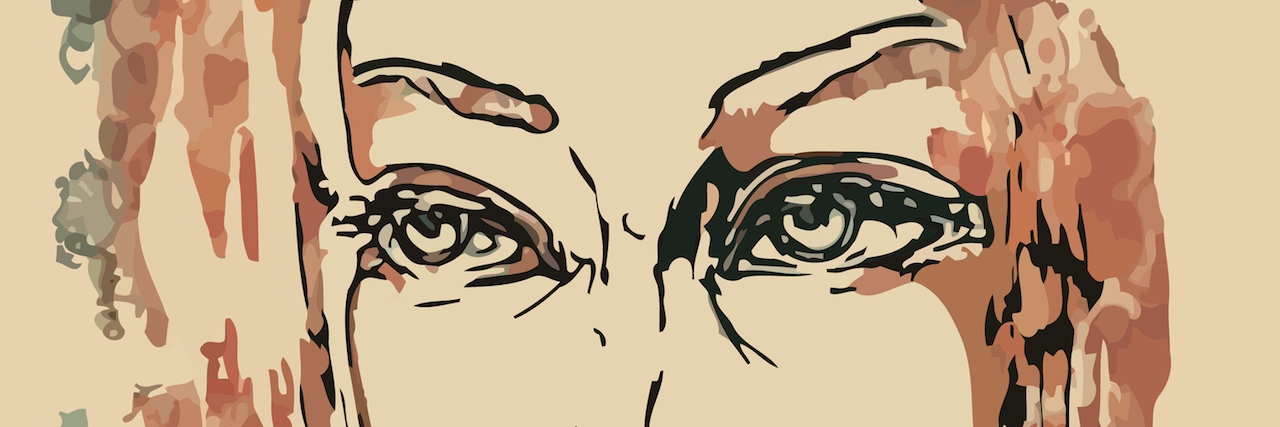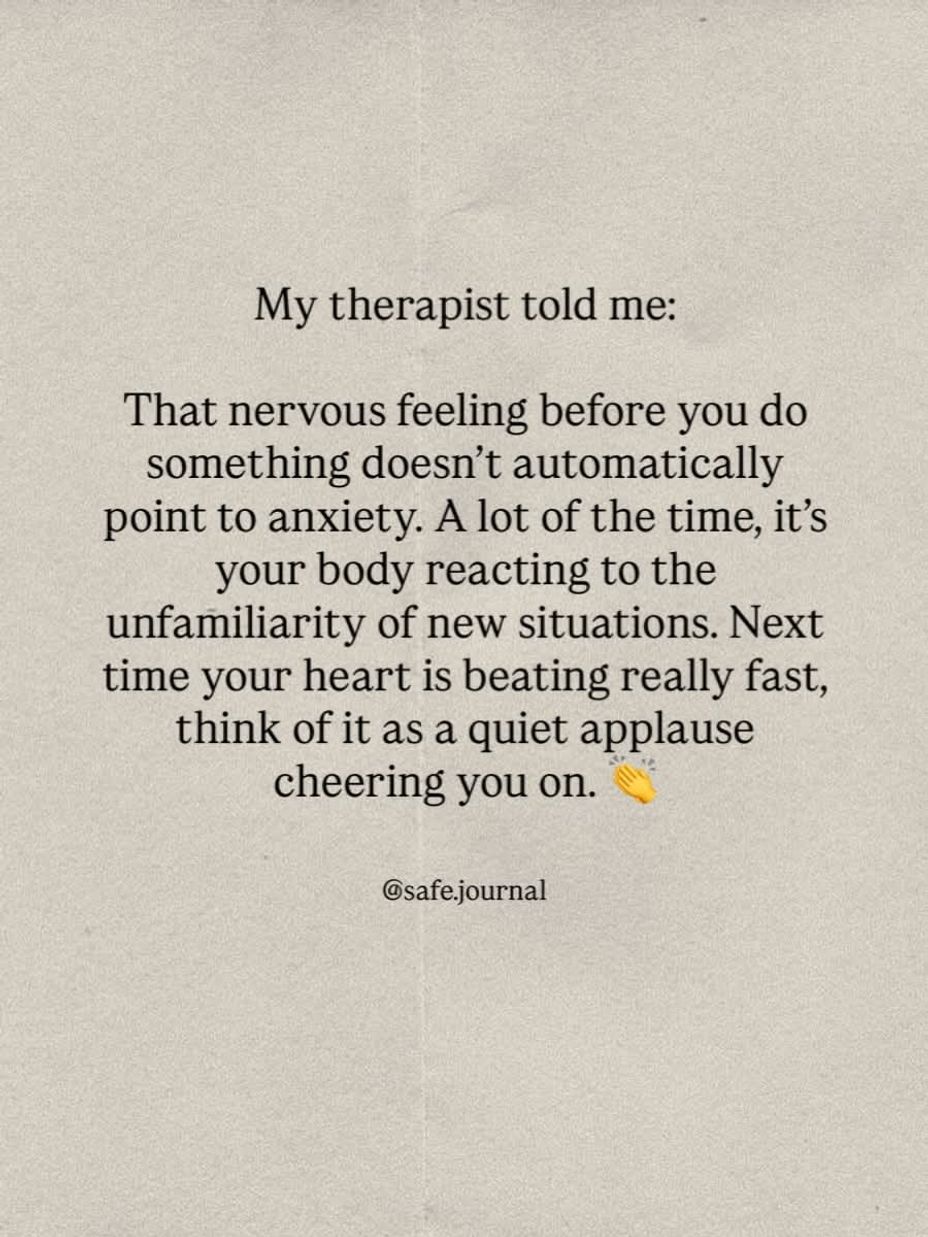The amount of stress I am having is insane... It’s my final exam week and I am just freaking out... The stress level is insane... Anxiety, depression... I feel like everything is attacking me in the worst possible way... All I feel is that I can't... Also, having mental breakdown and the thought of giving of up are just haunting me.. I am scared, anxious... I don’t even have anyone by my side.. Well, I got my mother... Still, I wanna be alone and at the same time, I don’t... Nothing is working... It’s crazy... I am even having some suicidal thoughts.. I don’t why.. But, the anxiety level rose so much.. I just don't... I don’t wanna be weak... I am trying my best... Yes, I am... #Depression #MentalHealth #Anxiety #CheckInWithMe







